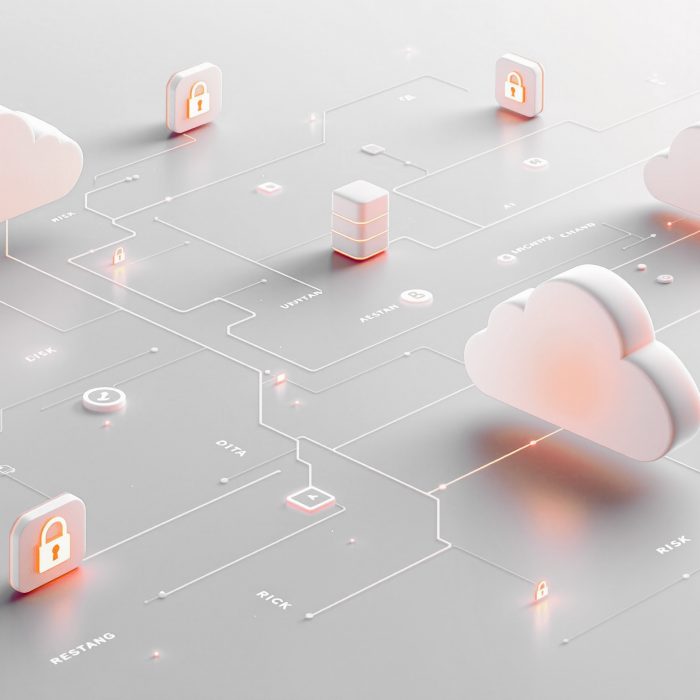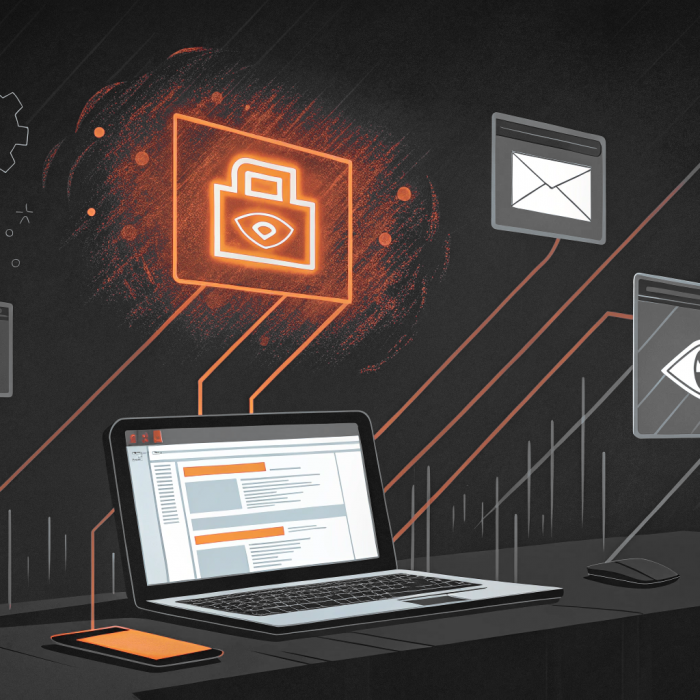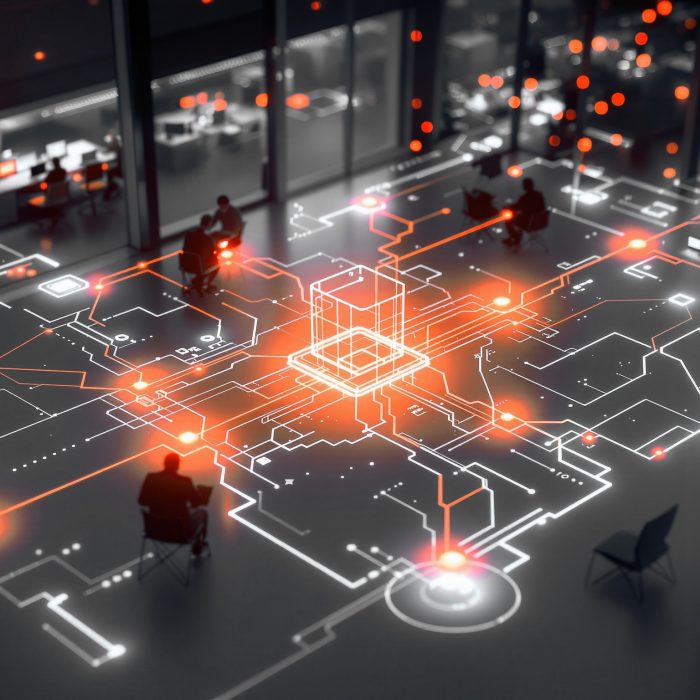Introduction
A few weeks ago, we attended the North Jutland AI Conference. The event, organized by DigitalLead with local and regional partners, was a hub of activity focused on understanding and applying AI in businesses. Our very own Jacob Buus delivered a packed-out presentation on Admin By Request security products, highlighting how our solutions can enhance organizational security. Among the many insights shared, one key takeaway was the critical importance of securing remote access in today’s evolving cybersecurity landscape.
In this blog, we will discuss five common mistakes organizations make when it comes to remote access security and how to avoid them. With the rise of remote work, ensuring secure remote access has never been more crucial. Admin By Request Remote Access offers innovative solutions to protect your systems and data, providing a safer, more efficient alternative to traditional methods.
Mistake #1 – Relying Solely on VPNs
Traditional VPNs have been the go-to solution for remote access for many years. However, relying solely on VPNs can expose your organization to significant risks. VPNs often provide broad network access, which can be exploited by malicious actors if credentials are compromised. Moreover, they can struggle with scalability and performance issues, especially with a large remote workforce.
Organizations should consider adopting a Zero Trust security model. This approach requires continuous verification for every access request, ensuring that only authorized users and devices can access sensitive data. Implementing strict access controls, segmenting network resources, and using advanced authentication mechanisms can significantly enhance security. Additionally, leveraging secure alternatives to traditional VPNs, such as remote access solutions that use encrypted WebSocket connections and secure tunneling, can reduce the attack surface and improve scalability and performance.
Mistake #2 – Weak Authentication Mechanisms
Using weak or single-factor authentication is a common pitfall that can lead to devastating security breaches. Cybercriminals often exploit weak passwords and other vulnerabilities to gain unauthorized access to systems. For instance, phishing attacks and brute force attacks are common methods used to compromise accounts.
To mitigate these risks, implementing multi-factor authentication (MFA) is essential. MFA provides robust authentication mechanisms by requiring multiple forms of verification, adding an extra layer of security, and making it much more difficult for attackers to gain access.
Mistake #3 – Inadequate Monitoring and Logging
Monitoring and logging are critical components of a robust security strategy. Without proper monitoring, suspicious activities can go unnoticed, allowing attackers to infiltrate and damage systems. Inadequate logging can also hinder forensic investigations and delay incident response.
Advanced monitoring and logging features provide real-time insights and alerts. This allows organizations to track user activities, identify anomalies, and respond promptly to potential threats. Comprehensive logging capabilities maintain a detailed record of all access attempts and actions taken, ensuring full visibility and accountability.
Mistake #4 – Overlooking Endpoint Security
Endpoints, such as laptops and mobile devices, are often the weakest link in a remote work environment. Unsecured endpoints can serve as entry points for malware and other threats. Ensuring that all endpoints are properly secured is crucial to maintaining overall security.
Enhancing endpoint security involves providing tools to manage and monitor device access. Ensuring that only authorized devices can connect to your network and enforcing security policies to protect against malware and other threats is essential. Securing endpoints prevents attackers from exploiting vulnerabilities and gaining access to sensitive data.
Mistake #5 – Neglecting User Training and Awareness
Even with the best security technologies in place, human error remains a significant risk. Employees who are unaware of security best practices can inadvertently compromise systems and data. Regular training and awareness programs are essential to educate users about the latest threats and how to avoid them.
Educational resources and tools promote user awareness, including features that remind users of security policies and best practices, helping to foster a security-conscious culture within your organization. Empowering employees with knowledge reduces the risk of security breaches caused by human error.
How Admin By Request Can Help
Admin By Request provides comprehensive solutions that address these common remote access security mistakes. By implementing the Principle of Least Privilege (POLP), the platform ensures secure access verification for every request for elevated privileges. The platform automates privilege management by allowing temporary elevation only for approved applications, significantly reducing the risk of unauthorized access. Admin By Request simplifies the MFA process, integrating seamlessly with existing authentication systems to add an extra layer of security. It offers advanced monitoring and logging features that provide real-time insights, allowing organizations to track user activities, detect anomalies, and respond promptly to potential threats.
Additionally, Admin By Request enhances endpoint security by ensuring that only authorized devices can connect to your network, enforcing strict security policies to protect against malware and other threats. The Remote Access feature, leveraging encrypted WebSocket connections and secure Cloudflare tunnels, eliminates the need for VPNs and jump servers, offering a scalable and performance-efficient solution for secure remote access.
Conclusion
Securing remote access is a critical aspect of modern cybersecurity. By avoiding these common mistakes and implementing best practices, organizations can significantly enhance their security posture. Admin By Request Remote Access provides a comprehensive solution to protect your systems and data, ensuring that your remote workforce can operate securely and efficiently. Secure your systems and protect your data with our cutting-edge solutions – book a demo with us today.






